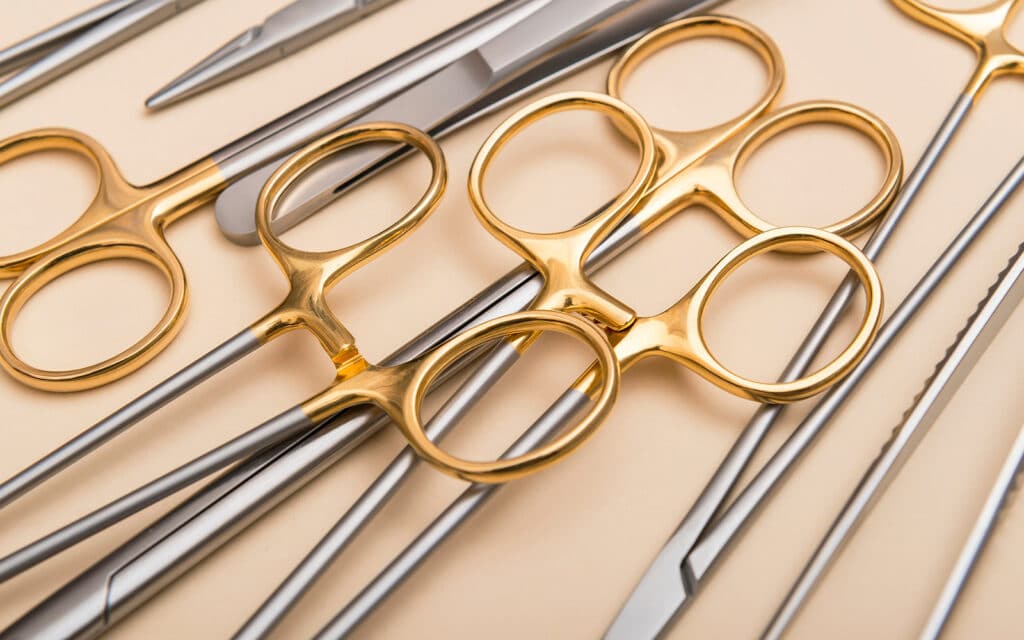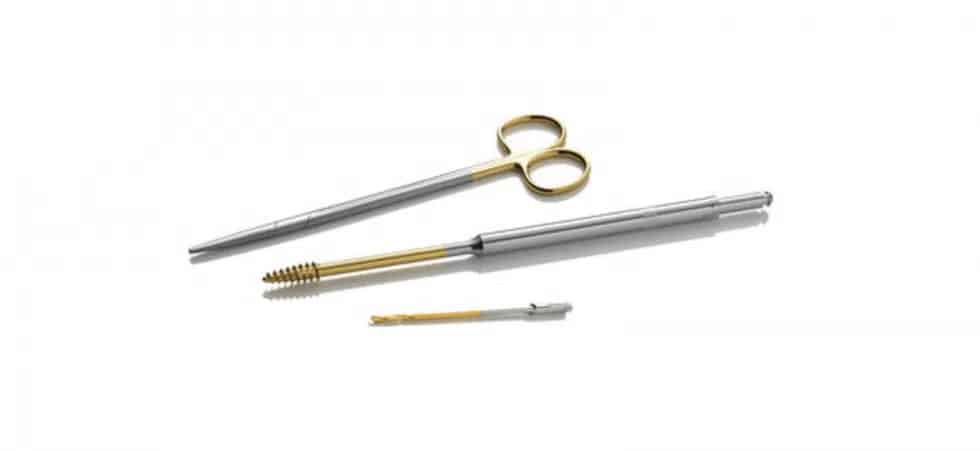
Having a provider like ME-92 Operations apply a chromium coating to medical instruments produces many benefits. The layer provides greater strength and durability, an easily cleaned and sterilized surface, corrosion prevention, and many other advantages.
However, providers must apply coatings only to the areas that need it. If they allow the material to contact other surfaces, problems from aesthetic imperfections to altered functionality can occur.
Keeping Coatings Where They Belong with Metal Masking
The best way to ensure that a chromium coating does not adhere to medical instrument surfaces not specified by the manufacturer or end user is to perform what is called precision metal masking. That process, also called stop-off masking or selective coating, is exactly like the images the names probably bring to mind.
Skilled workers apply metal masking material to parts to cover areas that must not be coated. Then, after the coating process is complete, they remove the material so that both the coated and uncoated regions have the desired surface characteristics.

precision metal masking completed on medical tools
Benefits of Precision Metal Masking
Precision metal masking delivers multiple benefits. Two of the most important are:
- Proper functionality. As useful as chromium coatings are on medical instruments, many items have areas where the application of a protective layer is not necessary or might even adversely affect its functionality.
- Enhanced aesthetics. The top priority for medical instruments is that they operate as designed. But a close second is how they look. Both care providers and patients can experience psychological benefits when the items used in a procedure have crisp, well-defined borders between coated and uncoated areas. Conversely, if a coating “leaks” visually into places where it does not belong, someone looking at an instrument may see this as a lack of quality. That perception can adversely affect their confidence in the item, the procedure, and the medical team.
Masking: Vital When Dealing With Atomic-Level Bonding
One reason that precision masking is so important when providers apply coatings to medical instruments is that the best materials adhere to surfaces in what is known as an atomic exchange. In other words, the material does not simply stick to the surface but instead merges with it at the molecular level. The coating actually becomes part of the instrument. In doing so, it strengthens the item without distorting its shape or dimensions.
And because coating providers apply the material at a low temperature, it can survive very high temperatures.
That type of bond is essential in healthcare settings. No amount of “shedding” material is acceptable in surgeries and other medical procedures. However, since manufacturers or users cannot easily remove the coating from an unintended location, coatings companies must use masking to keep it away from those areas.
That being said, ME-92 Operations is unique in having a process to reverse the atomic exchange. However, the company only uses that process to remove an existing coating and give instruments new life with a second coating. Teams do not leverage it as a way to “clean up” items and they do not need it for that purpose, thanks to precision masking.
But ME-92 Operations’ ability to strip, mask, and coat medical instruments again benefits healthcare organizations in many ways, including time and cost savings.
From Prototypes to Production Runs
ME-92 Operations has extensive experience and expertise in precision masking, with an in-house tool shop that can develop the perfect masking solution for any inside or outside dimension. This includes surfaces on a radius, thread, sleeve, or rib.
The company approaches masking the way a surgeon approaches operations—analytically, methodically, and with extreme attention to detail. Consequently, once the experts develop and test a masking solution, the team executing the production run can do so with complete confidence that the coating application is only present where the design calls for it.
Parts still undergo testing and assessment during and after production runs. But with a thoughtful masking strategy in place, chromium material rarely finds its way to any surface that does not need it. And that high degree of precision is critical to manufacturers, instrument users, and patients.